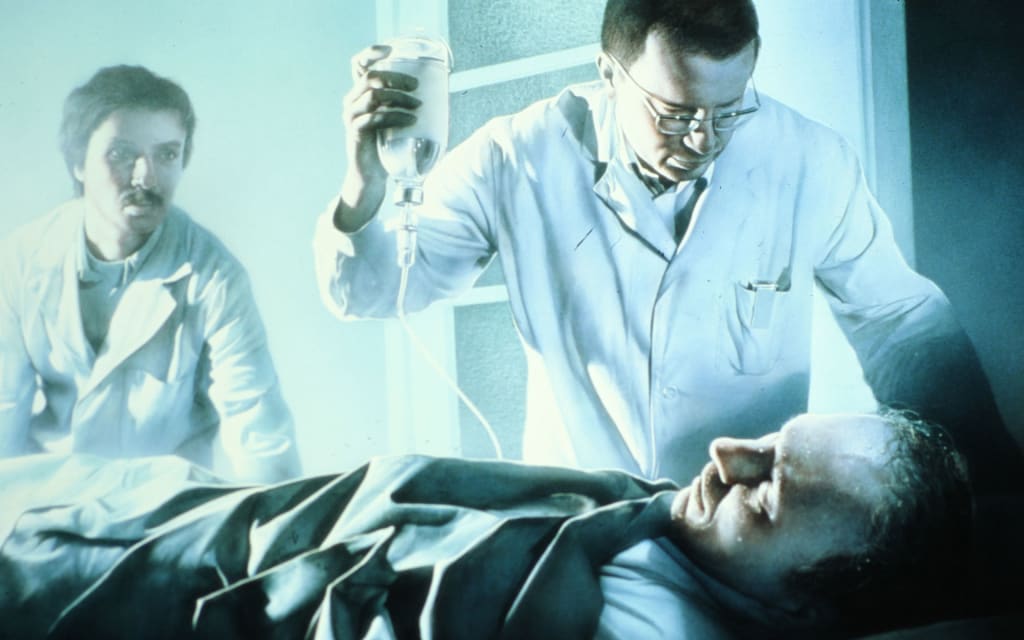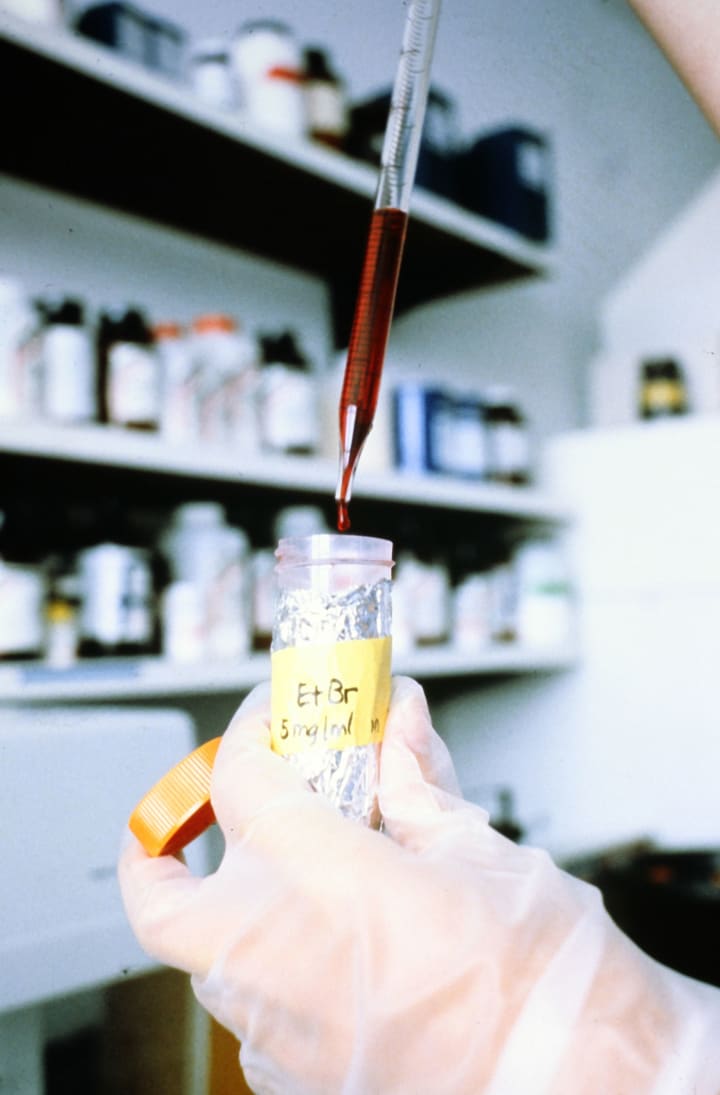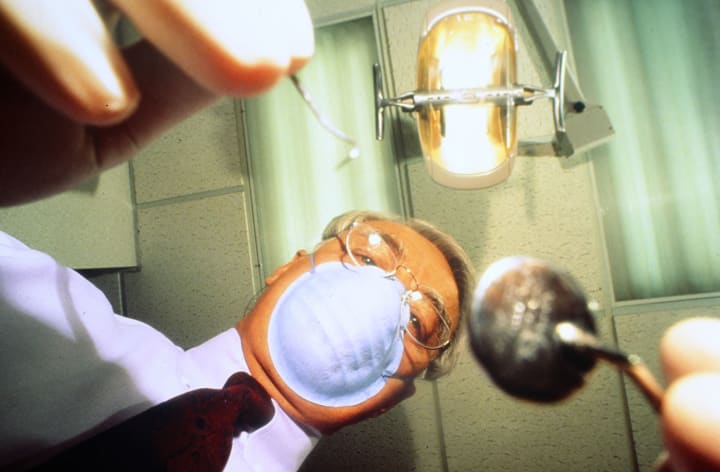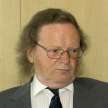Science Needs Unreasonable Leaps
Without risk, there is no discovery. Unreasonable leaps of science have led to great reward.

An abiding fascination of science is its propulsive creativity and unreasonable leaps. Why does the occasional lone genius succeed where a lavishly funded, mission-oriented project has failed? Even odder, why should Alexander Fleming, half a century ago, have made his mightily significant discovery of penicillin—yet leave its consummation to Howard Florey and Ernst Chain more than 10 years later? Often it requires great risk for scientists to make great strides.
Part of the explanation, part of the dramatic contrast between what Thomas Kuhn terms "normal science" and the scientific revolution, must lie in freedom of the mind. Despite their command of conventional knowledge, some great scientists, like some great artists, remain intellectually unfettered, able to take giant leaps of unreason.
One of the most intriguing insights into closed and open minds appeared in a survey presented to the British Association by Ronald Stansfield of the City University, London. Its conclusion was grim. many trainee scientists already suffer from "trained incapacity," such that theoretical, learned attitudes dominate and even eclipse natural talents for original observation.
Ronald Stansfield did something very simple. He asked 75 university science students to "look at a tap slowly dripping water into a bowl and write a description of what you see as you watch the water coming out of the tap and joining the water in the bowl below." That was all.
When the results came in, Stansfield found that about half of the undergraduates had written imaginative rather than factual sentences. One of them reflected upon the Chinese water torture, images of which had passed through his head as he watched the tap dripping. Really disturbing, however, were several of the reports by students who genuinely set out to write objective accounts. Many contained material that could not possibly have been gained by simple observation. For example, "The droplet assumes a spherical shape, surface tension providing an elastic bag to contain the water as it falls." It is, in fact, impossible to see simply by watching water dripping that the droplets are spherical. The concept of surface tension and the bizarre idea of an elastic bag must have come from scholastic instruction, not from earnest observation.
Worse was to come. When Stansfield asked 13 students whether, since doing "O" level exams at school, they had written about what they had observed in the laboratory (in contrast to writing down what some authority had told them they ought to see), not one claimed to have done so. Learning the correct answers from teachers and textbooks still, apparently, counts for more than direct observation. Could this simple, unpalatable fact—this discouragement of native wit and senses—explain the closed minds of so many scientists when confronted with the unexpected? Scientific revolutions, whether driven by the masses or the individual, typically require an unreasonable leap in intellect and experiment. Dr. Robert Shope was a pioneer who understood and acted upon an unreasonable leap of judgement.

Blood Prints
Few of us bequeath pieces of tissue that will be exploited by future generations. A substantial number, however, do provide samples of another bodily material that is retained for decades in laboratories. Blood, particularly that which we give to help diagnose an illness, and that can thus be identified by name, is a vast store of potential information. Epidemiologists have already applied "serological archaeology"—the search for telltale antibodies in blood—to trace the nature and spread of past plagues such as the 1918 influenza pandemic. Decades hence, technicians may be able to use the same method to find out whether you or I suffered measles, tuberculosis, or venereal disease.
Looking for chemical clues in his own blood (preserved by freezing), Dr. Robert Shope established that part of the "Shope papilloma virus" had been incorporated into his DNA 30 years earlier—one of the first, albeit unintentional, experiments in genetic engineering. What, then, could future scrutineers learn from the hereditary material in stored blood samples? Nothing from red cells—they are unique in that they lose their nuclei when they mature. But the white scavenger cells are nucleated, and as the business of "sequencing" DNA becomes increasingly Sophisticated, there seems little doubt that tomorrow's genetic monitors will find out a good deal about the living bodies from which they came. Antigens on the same cells will betray much about our ancestry and identity. Crimes may be solved many years after the event.

Decrying Orthodoxy
Speculating thus brings an apt moment to welcome Speculation in Science and Technology, published by the Western Australian Institute of Technology. This is a splendid effort, within the format of a learned journal, to seduce orthodox scientists into taking heterodox risks of thought—and to hell with the consequences. "Archaeological chromatography" is one bizarre discipline that makes its appearance in the first issue. Chromatography is a well-established method of separating different materials from a mixture. The simplest demonstration of it is when one end of a piece of blotting paper carrying a dried spot of blue ink is dipped into water. As the water rises, it separates out two or three different dyes from the ink, which migrate at different rates and thus appear as distinct bands of color.
Professor John McCarthy of Stanford University applies the same notion to archaeology. A castle crumbles to pieces, and the site is rained on. The water dissolves materials from the building and deposits them in the ground beneath. Subsequent rains move them farther down. Thus the earth underneath a ruin may contain well-ordered information about substances and even objects the building contained. In principle, we could retrieve this information by analyzing material from different depths below the site.
John McCarthy's idea is not, I believe, as barmy as it will sound to some. Conservationists lamenting the glory that was Greece might do well to engage heterodox chemists, not just excavationists,to study the ground beneath their feet.
About the Creator
Bernard Dixon
Science Writer; Consultant; Editor, Medical Science Research. Author of Power Unseen: How Microbes Rule the World and others.






Comments
There are no comments for this story
Be the first to respond and start the conversation.